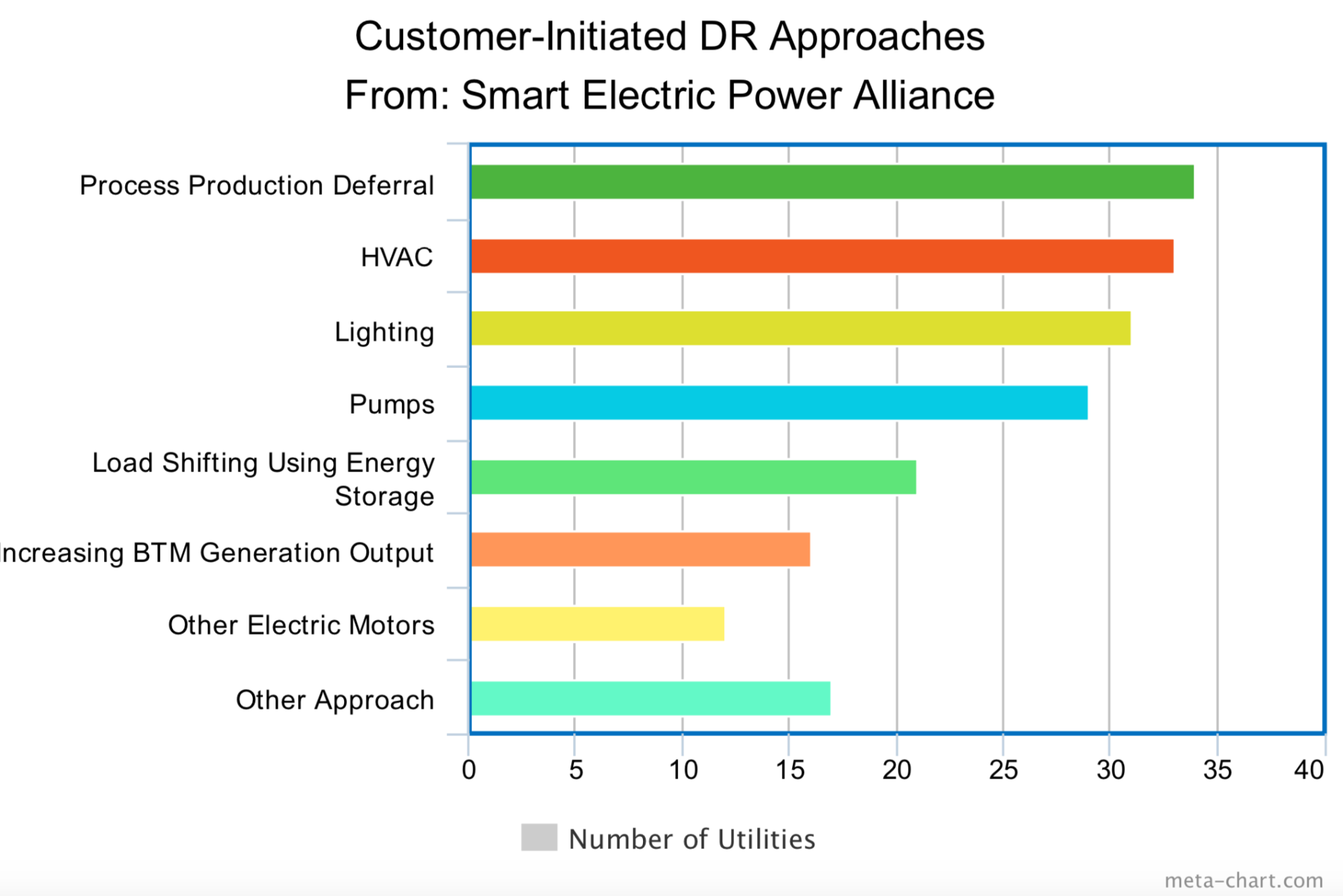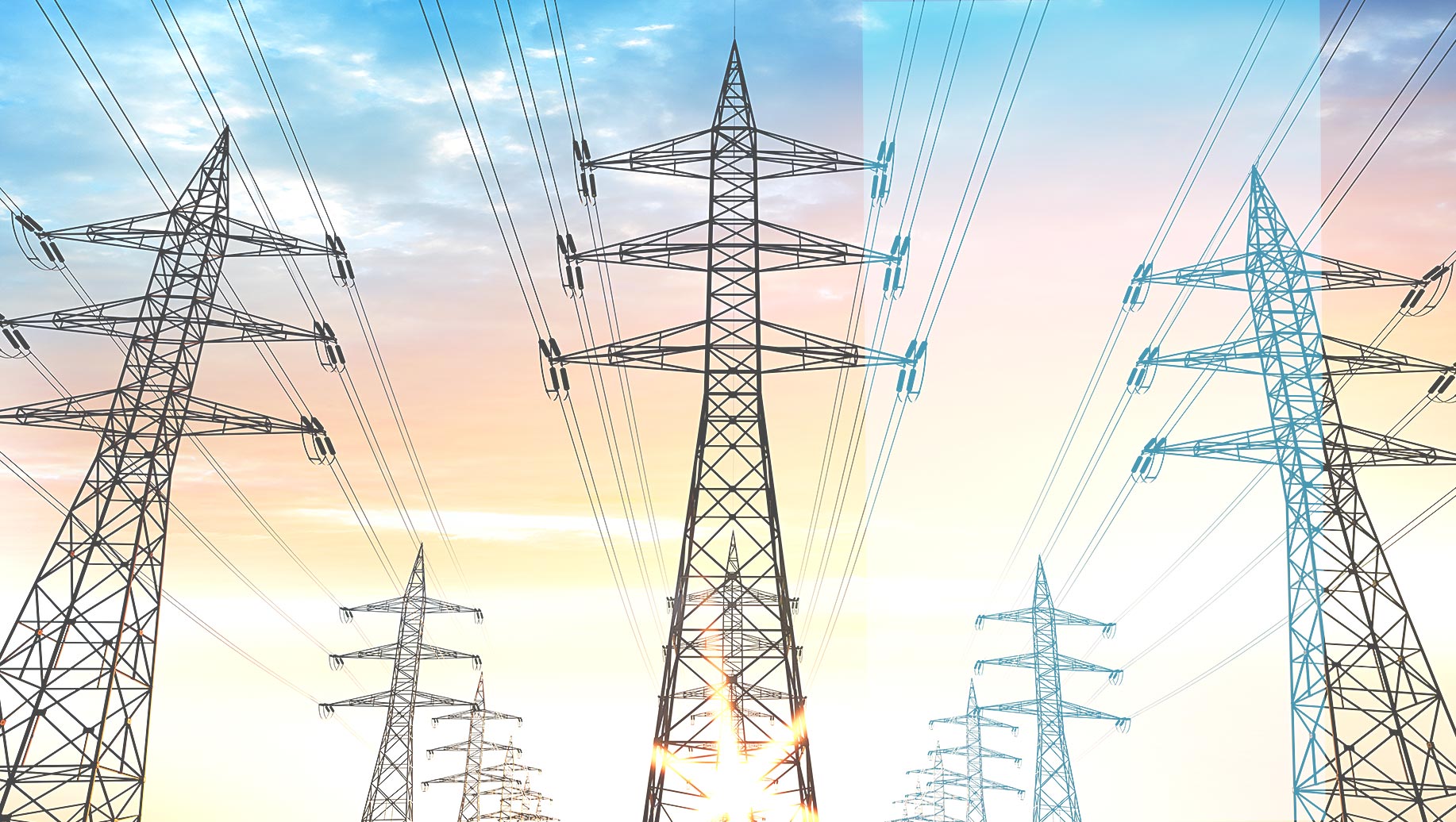You’re probably well aware of the cost savings that could be achieved by making your building more energy-efficient, but what about the potential for using energy management strategies to generate revenue?
Whether they’re saving or earning, an increasing number of facilities managers are helping their organizations meet bottom-line and sustainability goals simply by being more strategic about energy use. They’re using two methods: demand response programs (revenue generating) and peak shaving (money saving). These distinct but related concepts aren’t necessarily new, but they have evolved to become more sophisticated and easier to implement. So even if you once thought it would be difficult—or impossible—for your company to participate in demand response programs, today is a whole new ballgame, and you should take another look.
[bctt tweet=”Whether they’re saving or earning, an increasing number of facilities managers are helping their organizations meet bottom-line and sustainability goals simply by being more strategic about energy use.” username=”iotacomm”]
In this article, we’ll discuss how companies are using peak shaving and demand response (DR) to boost energy efficiency and revenue, and how you can get started with both.
Demand Response In 2019
What is demand response?
Demand response is a program conducted by utilities or independent system operators (ISOs) wherein they offer financial incentives for their electricity customers to voluntarily reduce the amount of electricity used during specific conservation periods.
Demand response programs were developed to help electricity providers meet the power needs of all their customers continuously, without having to build new infrastructure (new power plants). Utilities and ISOs are obligated to provide power at all times of the day for their franchise-area customers; however, resources can be stretched thin when demand spikes (such as on a hot summer day). To better manage the load on days when demand is high, electricity providers depend on demand response program participants to curb, or curtail, their energy use for a short period of time to stretch the capacity of the grid, helping to avoid blackouts or interruptions in service in the area.
For example, summer 2018 saw two demand response events in Boston, including one at 3:30 p.m. on Labor Day. Prompted by higher-than-expected electricity use and an outage at Mystic Generating Station (a natural-gas-fired power plant), the event was a success and prevented service interruptions around the Boston area as a result.
Sometimes, energy conservation periods can be anticipated, meaning customers can receive notice a few days ahead of the event. “Fast demand response” tactics, on the other hand, may give customers as little as 10 minutes advance notice. And participants typically receive compensation in exchange for their efforts; one Midwest industrial owner said his company received $1.4 million for participating in a demand response program. While revenue like that may be exceptional, significant earnings are definitely possible for companies willing to alter their energy use patterns for the greater good.
Want a partner who can help you meet your demand response requirements and become more energy-efficient overall? Talk to us at Iota.
Demand Response: Energy-Efficiency Strategies in 2019
So how are most customers curtailing energy use during a demand response event? According to the Smart Electric Power Alliance (SEPA), in 2018:


In the past, some organizations rightly determined their businesses weren’t compatible with demand response programs. Twenty-four-hour manufacturing facilities, grocery stores, nursing homes, and hospitals—all are examples of buildings with unique operating standards that must be met consistently. On-the-fly energy load adjustments simply weren’t something they felt they could do and still provide an optimal environment at the same time.
Today, there are more options available for demand response, all of which meet the reliability and performance requirements necessary for even buildings with the strictest operational requirements:
- Back-up generators are sometimes used to capitalize on demand response. In many cases, companies have generators already that simply aren’t being used. (Note that your generator must meet EPA requirements.)
- Batteries are increasingly being used to curtail energy loads. Once considered expensive and unreliable, battery storage technology has advanced to the point where it is now considered both economical and reliable. Battery energy storage systems allow buildings to store energy from the electric grid (or a solar array), so it can be used instead of grid power during DR events; the batteries can then be recharged at night.
- Natural gas power generation is still relatively niche, but it has been shown to have great potential as a resource for demand response.
- Solar power is being used by an increasing number of companies as a way to reduce their utility bills and also as a demand response resource.
- Thermal energy storage (TES) is an alternative to HVAC cooling that is not only applicable to demand response but can be implemented for energy efficiency improvements in your building overall. (You can read more about it here.) Thermal storage is particularly gaining ground in refrigeration applications.
Demand response programs are beneficial for everyone—utilities, ISOs, and businesses. But you might wonder why demand response is only a temporary energy efficiency measure. If you’re interested in making long-lasting changes to your energy consumption, peak shaving is another money-saving, green option.
Peak Shaving
What is peak shaving?
Peak shaving involves using energy strategically to reduce your building’s maximum hourly power requirement.
In order to maintain a constant supply of electricity to your facility, the utility company will calculate your building’s maximum hourly power requirement over a billing cycle; that kilowatt level is then multiplied by a specific rate to determine the actual amount charged to you (called a demand charge). Essentially, it ensures your building gets all the energy it needs at all times.
In some metropolitan areas, the kW utility charges can amount to more than half of the total electric charges during summer peak demand. These large charges are often derived from peak usage for just one 15-minute interval during the billing period. By knowing the load signature of the building and what equipment is responsible for demand, adjustments can be made to mitigate those excessive demand charges and still maintain the comfort level of the building.
For example, you might turn on your machines every day at the same time, drawing a lot of power all at once. At that time, your maximum power requirement—even if it’s just for a few seconds—might be 700 kW. Even if you use only 200 kW throughout the rest of the day, you’re being charged for that peak usage. That demand charge makes up a significant portion of your bill, so it’s worth your while to find ways to shave your peak, or reduce it.
How To Manage Peak-Time Demand
Peak shaving can be done on an everyday basis with the help of the Internet of Things (IoT). Wireless IoT sensors can remotely monitor your building’s equipment 24/7, measuring energy consumption for both individual machinery and building operations such as lighting, HVAC, ventilation, etc. The real-time data you receive as a result of this monitoring means you can make adjustments as necessary to reduce your peak load.
For example, if you know it’s going to be a very hot, 90-degree day with high humidity, you can change the operating schedule based on the weather forecast and cool the building down earlier in the day. By taking measures to mitigate those demand costs, you reduce the amount of electricity needed later, say around 2 p.m. that afternoon, reducing your demand charges from a potential $12/kw to $4/kw.
Similarly, if all your AC compressors turn on at the same time—say, when the air temperature hits 80 degrees—that creates a big power draw and causes a spike in your peak demand. Rather than continue to incur those hefty demand charges, you can devise an alternate strategy, one where your building automatically staggers the times AC compressors turn on. Or, you might decide to restrict the use of a particular piece of machinery that consumes a lot of energy to certain hours.
Iota: Your Demand Response & Peak Shaving Partner
Are you looking for a demand response vendor, or an IoT partner who can get you started with peak shaving? If so, talk to us at Iota.
It can be challenging for companies to develop energy efficiency strategies, whether for demand response programs or for peak shaving (or both). For peak shaving, our remote monitoring service can track all your equipment and alert you before a piece of equipment turns on that would exceed your desired kW.
The very same monitoring equipment can also be used to help you succeed in your demand response program, making it easier to comply with contractual obligations for curtailing energy. Our sensors and data collection will let you know where and how you can shave your demand to ensure you meet your DR requirements. We can also help you set up alternate means of power during DR events, whether it’s solar, natural gas generators, battery storage, or something else.
If you’re interested in talking with us about your energy needs, get in touch. We’ll help you design a strategy that will achieve your energy goals and boost your bottom line.


